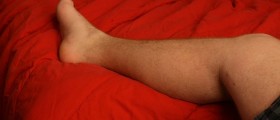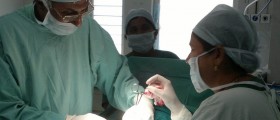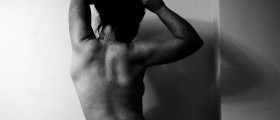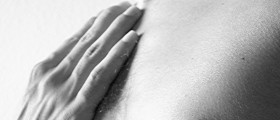
Chronic groin pain is considered to be quite a common health problem in the world of sports. Namely, sports like hockey, soccer and such, all involve continuous twisting and turning in the hips and, therefore, lead to chronic groin pain in men who indulge in these activities professionally.
What is a Sports Hernia?
A sports hernia is still a mysterious condition bothering many sportsmen. It is mainly defined as weakening of the posterior inguinal wall without a touchable hernia once the person gets medically examined. This condition leads to pain and discomfort that become more severe than in case of a typical groin strain. It is estimated that groin pain affects only 5% of the athletic population.
The pain appears near the end of exercising or after the whole exercising session. Since the pain remains prevalent, it can severely interfere with actions such as doing everyday chores, bending in order to enter a car etc. Also, the pain returns during next training and manifests through a tearing sensation.
This kind of hernia is more likely to strike sportsmen who have already suffered a sport injury affecting the groin area. Pelvic imbalance may bother an athlete with a sports hernia too, along with the abductor muscle pain. This pain manifests along the inner thigh, taking place hand-in-hand with bruising and discoloration and a possible defect affecting the muscle, being felt when touched.
Diagnosis and Treatment of Chronic Groin Pain
Sports hernia is considered to be a type of chronic groin pain. Physical examination is sufficient enough for diagnosing this condition. Additionally, an MRI scan may show the severity of the injury, making the assessment easier. Since this condition is often mistaken for osteitis pubis, abductor strain or chronic rectus, additional tests need to be done in order to rule these out before confirming sports hernia. This can be done with X-ray scans and other types of medical tests.
If the symptoms related to the athlete's condition involve pain in the groin area, getting worse during running, coughing or sneezing, or pain which can be described as deep, sports hernia is most likely to be the case.
After a successful and precise diagnosis of sports hernia, doctors suggest the most adequate treatment. It involves up to 8 weeks of resting, up to 4 months of rehabilitation therapy and a gradual return to the sports activity once the first two steps turn out to be successful.
Sometimes, a surgery may be necessary and, in this case, the athlete will not be capable of returning to the physical activities for up to 12 weeks. The surgery is usually successful and results in complete repair of the problematic hernia.

















Your thoughts on this
Loading...